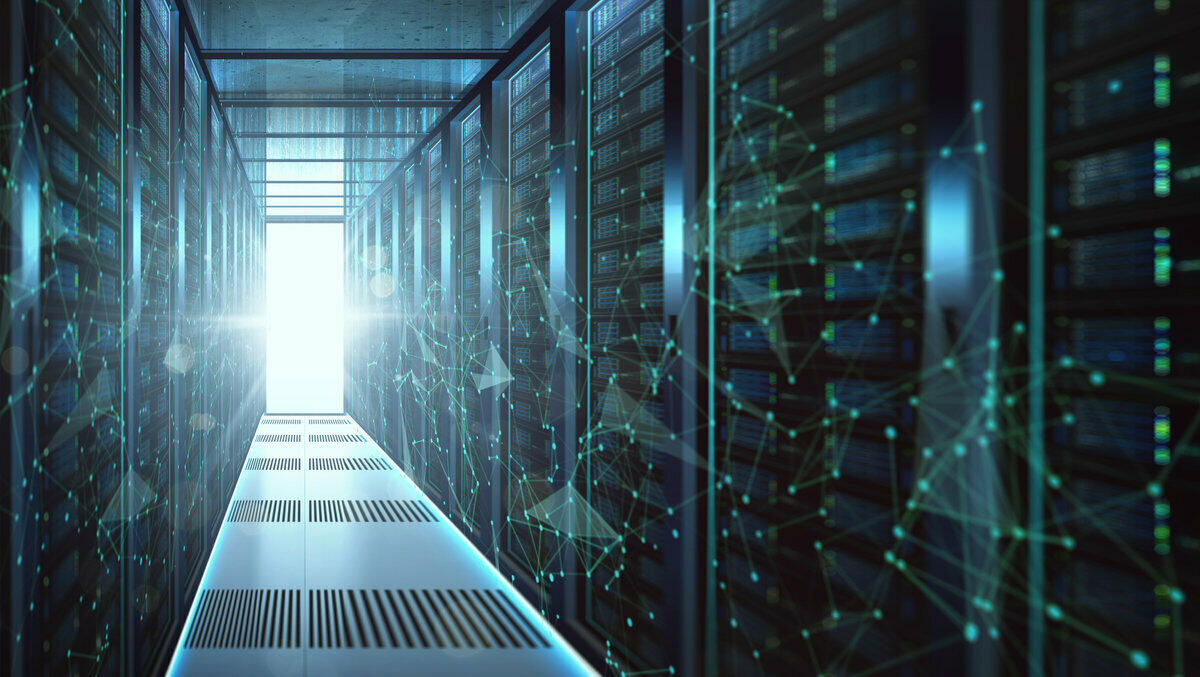advertisement
Why Does CloudFabric Need To Achieve Three-Network Unification?
As 5G, the cloud, and AI develop, emerging services such as big data, short video, and VR/AR are stepping on…

As 5G, the cloud, and AI develop, emerging services such as big data, short video, and VR/AR are stepping on the scene, accompanied by explosive data growth. Statistics show that a social media app is opened at least 1 million times per day, and a video website receives 500,000 plays per minute. This aggregated data is essentially like a huge data pool, requiring support from a stable and enormous DC. Serving as core data hubs and bearers, DCs are responsible for data computing, storage, and forwarding, and are the most essential part of network infrastructure.

advertisement
DCNs are divided into three parts
Just like computers have a network adapter, processor, and hard disk, DCs include three types of resources: network, computing, and storage. Among these resources, the network is the core, connecting the computing and storage resources.

advertisement
That said, three types of cores currently exist. This is because different services pose different network requirements. More specifically, ordinary web browsing services have low requirements on the network, with a certain degree of packet loss and latency having minimal impact. In contrast, storage services have almost zero tolerance for packet loss (imagine if there is frame loss or pixelation in a bank’s surveillance footage), and require very high bandwidth. Similarly, some high-performance computing services (such as high-frequency transactions) have high latency requirements. In light of this, DCs need to deploy dedicated networks for computing and storage resources, resulting in three coexisting networks. 
Cloud and AI Era: DCNs Will Inevitably Offer Zero Packet Loss
Having introduced the corresponding history, let’s take a look at the new requirements on DCNs in the cloud and AI era. Taking image recognition as an example, servers need to load tens of millions of images, or even hundreds of millions, during AI training. The image reading speed and transmission time significantly affect the time required to complete AI training.
advertisement

To solve this problem, storage and computing resources have been fully upgraded. The all-flash storage media reduces latency by 100 times, while GPU/AI smart computing improves computing performance by 100 times. Now, network latency becomes the bottleneck of DC operating efficiency, and 90% of latency is caused by packet loss.
At the same time, most AI service scenarios require unstructured data to be processed, with a large amount of image, voice, and video input required. As a direct result, storage, computing, and network resources all need to be integrated and shared in real time. If the DC still consists of three independent networks that use different protocols, interfaces, and O&M systems, the networks will be isolated from each other, increasing maintenance costs while also hindering data flow.

CloudFabric Intelligent and Lossless DCN: Truly Zero-Packet-Loss Ethernet
The Fibre Channel (FC) storage network and InfiniBand (IB) computing network feature high performance and low latency. That said, these networks are closed and incur high O&M costs, failing to meet the requirements of large-scale and open DCs in the cloud and AI era.

Although Ethernet features openness, cost-effectiveness, easy maintenance, and high bandwidth, it is prone to packet loss and high latency. Does any Ethernet feature zero packet loss?

Huawei’s intelligent and lossless DCN is the first Ethernet in the industry to feature zero packet loss. In 2019, it was certified by the third-party test authority Tolly, showing that it considerably improves both computing and storage efficiency. Based on Huawei’s innovative iLossless™ intelligent and lossless algorithm, it can optimize network traffic in real time, and also achieve zero packet loss while ensuring high throughput.
In this way, it can completely integrate and replace the conventional FC storage network and IB computing network without impacting performance.

For more information click here.